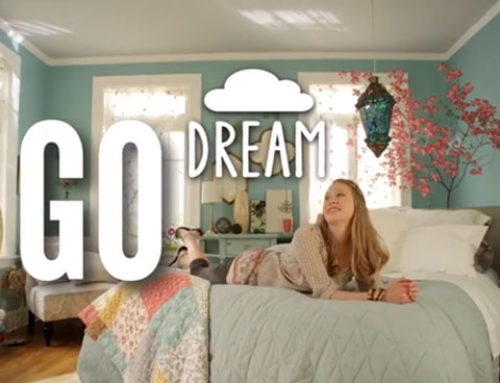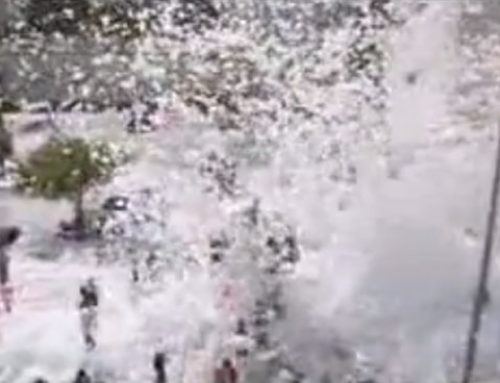The venue you choose can have a considerable impact on your theatrical production. A theater stage can create intriguing opportunities for directors and designers to enthrall audiences, but they can also pose challenges to the production crew. Hiring Movie Prop Rentals for your stage building, set dressing, or prop rental– provides you with more than two decades of experience working with all types of theater stages, including both indoor and outdoor environments. We’ll help you identify the strengths and weaknesses of your venue, concerning your particular production so that you can put on the best show possible.
Different Types of Theater Stages
Proscenium Theater
Most stages you’ll see in America are considered proscenium arch theaters. In fact, all of New York City’s Broadway theaters are this type. The audience forms the “fourth wall” by sitting at the end of a three-walled stage, peering into a stage framed by a large central arch.
Benefits of a proscenium stage include:
- Its realism and propensity to suspend audience disbelief.
- The ability to use lots of different scenery, including sets, tucked up in the fly space
- Room for an orchestra pit.
- Extra space backstage for performers and set designers to prepare for a scene change.
- The use of traditional stage directions like “upstage” and “downstage.”
There are few disadvantages to this popular type of stage, but depending on the production, a wide proscenium can be difficult to fill– requiring more cast and more scenery. It can be a challenge to fill the space yet leave enough room for cast member maneuverability. Box seats built into the side walls of the theater can have terrible sightlines but provide added opportunities to hang additional lights.
In-the-Round Theater
Sometimes called a “Hippodrome” or “Arena” theater, this kind of stage is surrounded by the audience on all sides. The arrangement is rarely a true circle, but more commonly exists in the form of a square or polygon. Actors enter through aisles or four corner entrances. Deep pits or low screens separate the audience from the arena itself, but the performances are exceptionally intimate.
Benefits of in-the-round include:
- More realistic 3D design and acting opportunities.
- Natural and intimate engagement with the audience.
- Allows for a wider range of stage size and bigger audience.
- Less expensive to build and maintain.
An in-the-round theater requires minimal scenery, but careful placement to ensure full visibility of the central action. Set changes happen in front of the audience and there are limitations in set design, props, and costume.
Traverse Theater
The traverse theater places viewers on two sides of the stage, similar to a catwalk. Audiences spend a larger amount of time watching the actors’ backs compared to conventional theater arrangements, but they are seated relatively close to the action– even in the worst seats.
Benefits of traverse theaters are that:
- The environment is friendly, with actors playing to each corner evenly.
- Only small props are necessary, and lighting can come from either side.
Challenges in the traverse theater are the limited entrances, and exits actors have to work with. Characters cannot address the entire audience. Set changes happen in front of the audience in the absence of an act curtain. Keeping the set thoughtful yet simple will allow everyone to see what’s going on.
Thrust Theater
William Shakespeare preferred a thrust theater, which places audiences on three sides of the action with a back wall serving as a backdrop. As the name implies, these stages are “thrust” out into the audience, allowing performers the ability to play in the middle of the crowd or retreat to a deep background as needed. The stage can be square, semi-circular, or half-polygonal. You could say the thrust stage is the perfect medium between proscenium and arena auditoriums.
Advantages of the thrust stage include:
- The ability to use large, complex, and realistic sets.
- Increased intimacy with the audience.
A thrust theater is inarguably more complex for directors. They must train actors to play to all of the audience, determine whether to block the action deep into the space or far downstage and decide which entrances and exits to use. They must concede that sets have to be changed in front of the audience to a large extent.
Black Box Theater
Seating and stage are not defined in a black box theater, which is essentially a huge, square painted black to allow maximum versatility. Sometimes you’ll hear this type of theater called a “studio.” The floor is typically on the same level as the first row of the audience, which may be followed by rows of chairs or by stadium-arranged seating upon multiple levels. In many cases, seating can be moved around to suit the individual production. These theaters are often found in colleges where theater is rigorously studied.
Advantages of a black box theater include:
- Cheap to set up and maintain.
- Intense action, occurring right in the midst of a small, intimate audience.
- Allows for maximum versatility, as elaborate or as simple as you wish.
- Minimal scenery encourages audiences to use their imaginations.
Black box theaters are easy to set up but require great creativity to pull off well. They can be expensive to build set pieces for, as there is no existing architecture.
Need Props, Set Design, or Set Construction for Your Theater Production?
Movie Prop Rentals offers professional props, set design, and set building from a team of seasoned design experts with backgrounds in Hollywood film, music video productions, commercial shoots, and events. We have our own prop warehouse with tens of thousands of carefully curated items, as well as a 3D printing studio where we can fabricate props and set pieces to your exacting specifications.
Our crew comes with lighting experts and equipment, a skilled foreman and fully trained construction crew, a set designer, and a prop master. No matter what type of theater you’re working with, we’ll help you maximize your space. We work with all different types of theater stages. Contact us for a price quote.





